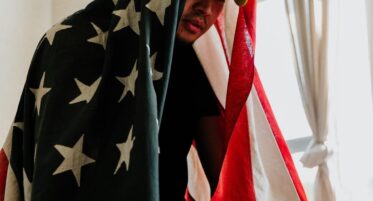Prompt Images
When I was a boy, would-be friends always asked what my favourite colour was, almost like this was some sort of test to see if a friendship was compatible. You wouldn’t want to say a wrong colour. It was always a blue, a red, a green.
“What’s your favourite colour?” seems like an innocent enough question.
For the most part, there wasn’t a wrong answer. Any colour would do, once the boys knew your pick wasn’t a known ‘girly’ colour. You didn’t want to admit pink or purple was your favourite. The boys never said it outright, but it was known that these were not acceptable answers for fitting into their social hierarchy.
Funny, they never bothered to ask what your least favourite colour was either. Just what your preferred hue is.
Yet, as time went on, I started preferring things that were red over things that weren’t red.
I wouldn’t sit in a seat if it was blue. I wouldn’t play with a ball if it was green. I began to dislike things that didn’t belong to my favourite colour. I had made my choice, and I was prepared to stand by it.
As I got older, I often wondered why having a favourite colour even mattered.
Why was a favourite colour so important? Why did I have to have a ranking of favourite colours? On the surface it seems benign, but upon closer inspection, it may not be.
“What’s your favourite colour?” The question demands a response. You were never allowed to say you didn’t have one. You had to choose.
And as a result of this seemingly simple question, I started to place a value on certain colours over other colours, discriminating based on something utterly arbitrary. And therein lies the problem.
We like to think, as adults, that we’ve grown out of these childish questions. We say now that we don’t have favourite colours, or that it doesn’t matter.
But what really happened is that we stopped having a preference for the colour of objects and began to have a preference for the colour of people. We see the results playing out in a grand way in the interactions of people every day, and in the protests across the world.
“What’s your favourite colour?” The question isn’t so innocent.



